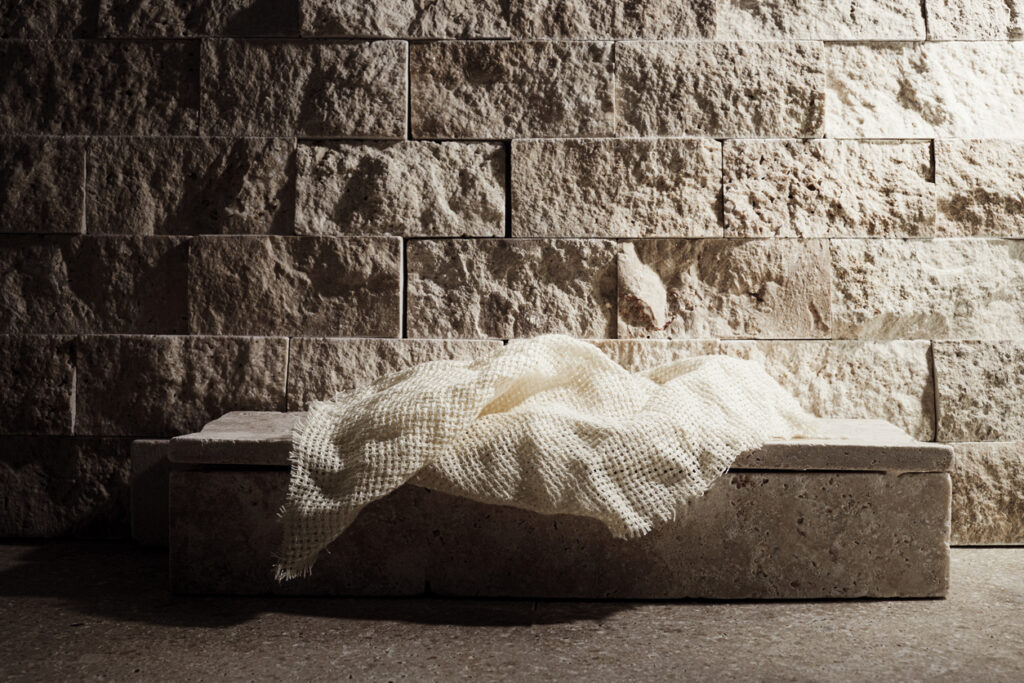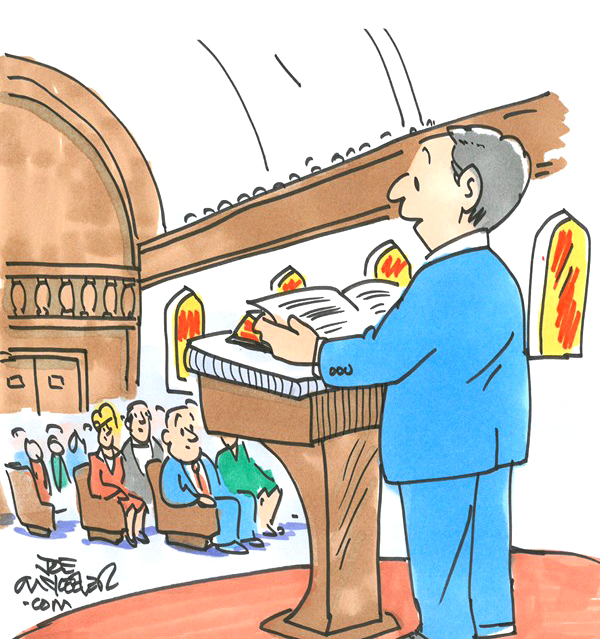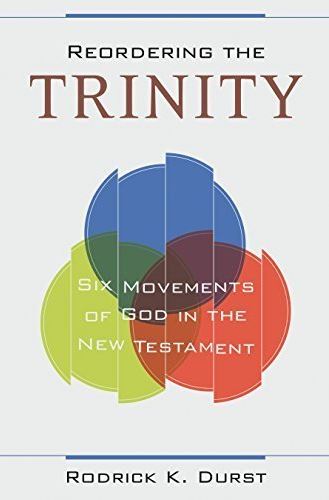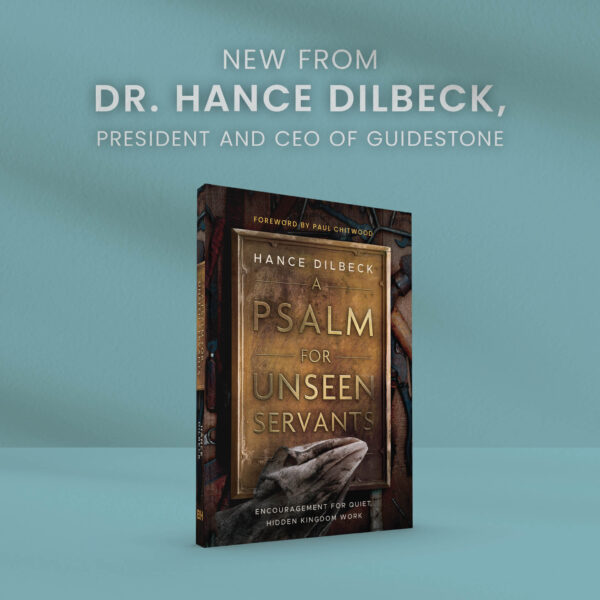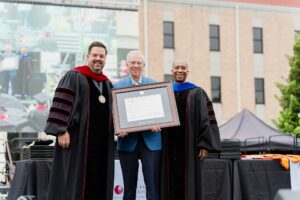

More than 2 million people flocked to northern Italy in 2015 to take a rare glimpse at the Shroud of Turin, purportedly the burial cloth in which the crucified Christ was wrapped and which now bears His image. Around the same time, CNN featured the shroud in the first of several documentaries attempting to uncover the “historical Jesus” by examining such relics.
“Why are we so fascinated with any historical artifact – relics, as some call them – associated with Jesus?”
David Gibson and Michael McKinley posed this question in an article published before the debut of the Easter-season CNN series, Finding Jesus: Faith, Fact, Forgery. They go on to suggest that such relics “can be a way to take us out of ourselves, to transport us to a time and place not our own, in hopes of discovering something about Jesus that is not filtered through the lens of our own desires.”
“Relics are, ironically, a rare patch of common ground between skeptics and believers, a place where science and religion can come together, not as foes but as pilgrims on a shared journey – wherever it leads,” they add.
It’s commendable that Gibson and McKinley don’t want to paint a portrait of Christ in their own images. But any attempt to uncover the real Jesus through a collection of relics amounts to “weaving threads of sand” – to borrow a classical adage passed down to the modern age by the 16th-century Christian humanist Erasmus. In other words, those who want to find the true Jesus through relics will come up shorthanded.
For many centuries, men and women have gone on pilgrimage to find Christ in holy relics. During the years immediately preceding the Protestant Reformation, this same Erasmus described people’s devotion to relics, and he proposed a better way for finding Christ.
“If anyone shows us the footprints of Christ,” Erasmus writes, “in what manner, as Christians, do we prostrate ourselves, how we adore them! … If anyone displays the tunic of Christ, to what corner of the earth shall we not hasten so that we may kiss it?”
He continues: “Yet were you to bring forth His entire wardrobe, it would not manifest Christ more clearly and truly than the Gospel writings. … These writings bring you the living image of His holy mind and the speaking, healing, dying, rising Christ Himself, and thus they render Him so fully present that you would see less if you gazed upon Him with your eyes.”
Indeed, the Gospel writers have provided 21st-century readers with a portrayal of Jesus that cannot be matched by any number of historical artifacts or relics. These eyewitnesses to the life and ministry of Jesus depicted His humanity in sometimes palpable terms. But when they saw this man named Jesus, they saw someone who was also more than a man.
This reality is no more apparent than in the story of “doubting Thomas.” After His resurrection, Christ Jesus confronted Thomas about his disbelief. “Put your finger here,” Jesus said, “and see my hands; put out your hand and place it in my side” (John 20:27). In response to this tangible display of Jesus’ bodily wounds, Thomas exclaims in the following verse, “My Lord and my God!”
Likewise, the apostle John describes how he and his fellow apostles proclaimed “that which was from the beginning, which we have heard, which we have seen with our eyes, which we looked upon and have touched with our hands, concerning the word of life” (1 John 1:1). They saw Jesus, touched Him and – in the Gospels – proclaimed to us that Jesus is “the eternal life, which was with the Father and was made manifest to us” (1 John 1:2). The eyewitness accounts that we find in the Gospels give us the “historical reality of Jesus,” yet they also allow us to “recognize the disclosure of God in the history of Jesus,” as New Testament Scholar Richard Bauckham writes in his 2006 book, Jesus and the Eyewitnesses.
For this reason, those who want to find the “real Jesus” should look for Him in Scripture. As early 16th-century Reformer and Bible translator William Tyndale once wrote, “The Scriptures sprang out of God, and flow unto Christ, and were given to lead us to Christ.” As such, he adds, we should follow Scripture as we would follow a thread out of a labyrinth, until we find Christ, our “way’s end and resting place.”
